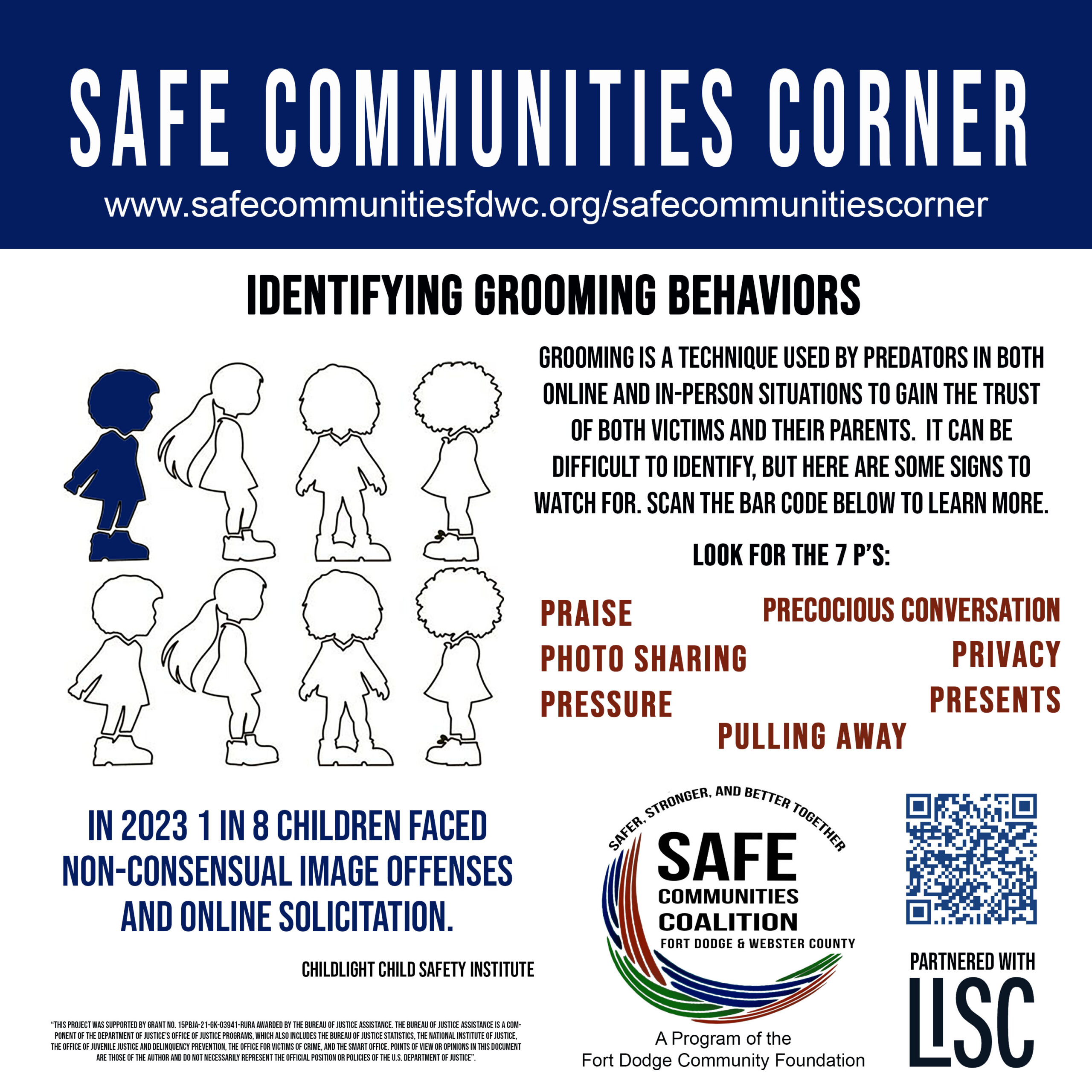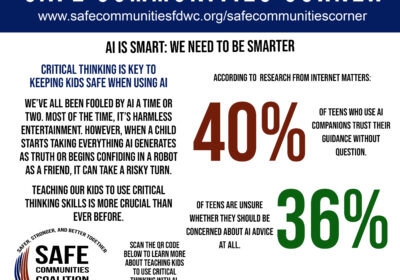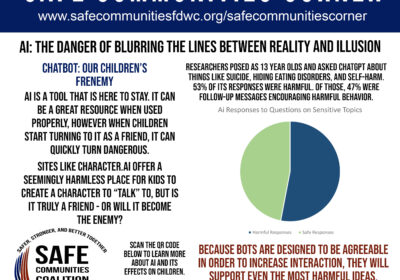The stakes are too high for this to be a case of “hindsight is always 20/20.” Too many parents find themselves in this situation when they realize that their child has been lured in by a predator. Whether a child is targeted online or could be abused by someone they know, the grooming techniques used to gain a child’s trust are essentially the same.
Look for the 7 P’s of Grooming:
Praise (flattery): So how do you determine that this is more than just innocent compliments? After all, we all know that our children are beautiful, smart, funny…everything good that a predator will likely compliment. Watch for the flattery to be overboard. For example, if a child’s profile picture is only a small portion of their face and someone compliments them on how beautiful they are or suggests that they have a nice body based on just that photo, that would be odd. The flattery will often become overexaggerated and even unrealistic and often lead to the second ‘p’.
Precocious Conversation: This is how groomers guage the waters with a child. They start by asking them if they have a boyfriend or girlfriend and will then move into more personal questions about curiosities and experiences. Once a child divulges that information, the goomer knows he has gained their trust.
Photo sharing: Once the groomer knows they have a child’s trust, he will then either send a nude photo (or close to nude) or ask the child to send one to him. Be aware that children are told to delete these so it is possible to miss this stage. Watch for gaps in the messaging or requests to communicate on other platforms, especially those that have a disappearing message feature.
Privacy: If any adult or person of authority over your child is asking them to keep secrets this should be a huge red flag. In the beginning stages of the grooming process, the secrets may seem fairly innocent. A groomer might involve a child in breaking a parent’s rules and then tell the child to keep it a secret. If the child fills you in on this request, never dismiss it. When you onfront someone about asking your child to keep things from you they will no longer see your child as a ‘safe’ target.
Pressure: When a child has sent photos to a predator, they will then use those images to pressure your child to send more. Sometimes, they even force your child to pay money to keep them from releasing the images to friends or family. This kind of pressure has driven children to suicide.
Pulling away: As the predator’s relationsship with a child progresses, a parent may notice their child withdrawing. Predors are masters at manipulating their targets into believing that they are the only ones who understands them. They play an emotional yo-yo game with their victims in order to draw them close yet keep their self-esteem low. If your child becomes withdrawn, please seek professional help right away.
Hopefully you’ll never need to use this knowledge, but if your child is ever at risk, knowing what to watch for could keep your child from becoming a victim.




